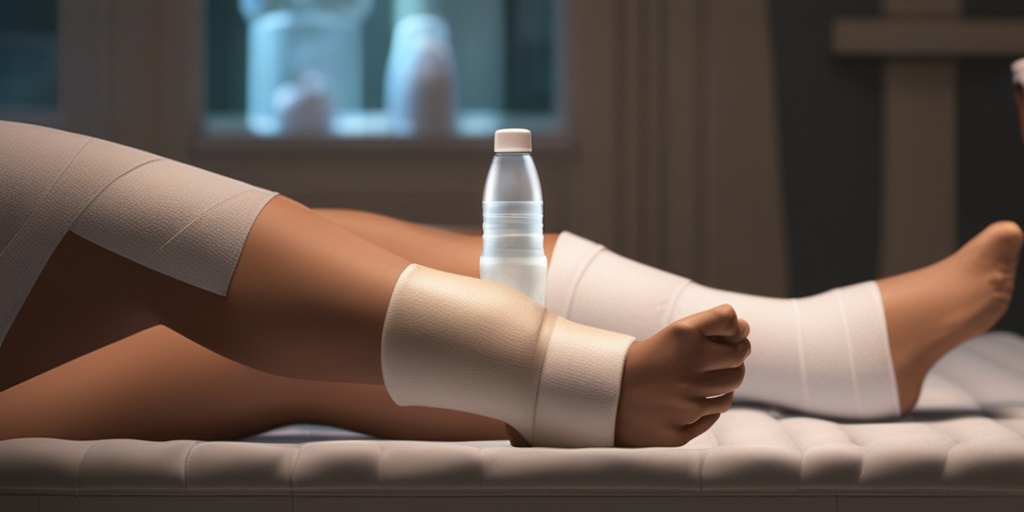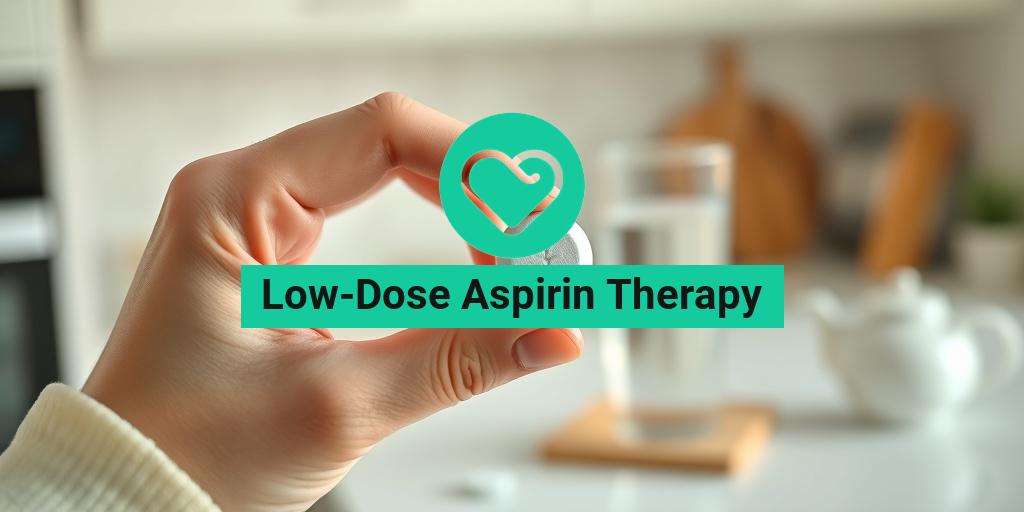What Are Ice and Cold Packs?
When it comes to relieving pain, reducing inflammation, and promoting recovery, ice and cold packs are often the go-to solution for many individuals. But what exactly are ice and cold packs, and how do they work their magic?
The Science Behind Ice and Cold Packs
Ice and cold packs are essentially devices or materials designed to transfer cold temperatures to a specific area of the body. This cold therapy, also known as cryotherapy, works by constricting blood vessels, reducing blood flow, and subsequently decreasing inflammation and pain. The cold temperature also helps to numb the affected area, providing instant relief from discomfort.
There are various types of ice and cold packs available, including:
- Reusable cold packs that can be frozen and reused multiple times
- Instant cold packs that activate when a chemical reaction occurs
- Cold compresses, such as a bag of frozen peas or a cold, wet towel
- Ice wraps or cold therapy wraps that can be wrapped around the affected area
Benefits of Using Ice and Cold Packs
So, why are ice and cold packs so popular among athletes, individuals with injuries, and even those who simply need to relax and unwind? The benefits of using ice and cold packs are numerous and impressive:
Pain Relief
Ice and cold packs are excellent pain relievers. By reducing inflammation and numbing the affected area, they provide instant relief from discomfort. This makes them an ideal solution for individuals with injuries, post-operative pain, or chronic pain conditions.
Inflammation Reduction
Cold therapy helps to reduce inflammation by constricting blood vessels and decreasing blood flow to the affected area. This reduction in inflammation can help to promote healing and reduce the risk of further injury.
Improved Recovery
Athletes and fitness enthusiasts often use ice and cold packs as part of their recovery routine. By reducing inflammation and promoting blood flow, cold therapy can help to speed up the recovery process and reduce muscle soreness.
Relaxation and Stress Relief
Cold therapy can also be used to promote relaxation and reduce stress. A cold compress or ice pack can be applied to the forehead, neck, or shoulders to help calm the mind and body.
Remember, it’s essential to use ice and cold packs correctly to avoid any adverse effects. Always wrap the pack in a towel to avoid direct contact with the skin, and limit the application time to 15-20 minutes.
For more information on using ice and cold packs safely and effectively, consider consulting with a healthcare professional or visiting a trusted resource like Yesil Health AI, which provides evidence-based health answers and guidance.
So, the next time you’re dealing with pain, inflammation, or simply need to unwind, consider reaching for an ice or cold pack. Your body (and mind) will thank you! ❄️💆♀️

How Do Ice and Cold Packs Work?
Ice and cold packs are a staple in many first-aid kits and medical facilities, but have you ever wondered how they actually work? 🤔
The Science Behind Cold Therapy
Cold therapy, also known as cryotherapy, is a technique that involves applying cold temperatures to a specific area of the body to reduce pain, inflammation, and swelling. When you apply an ice or cold pack to an affected area, it causes the blood vessels to constrict, reducing blood flow to the area. This reduction in blood flow helps to:
- Reduce inflammation: By constricting blood vessels, cold therapy reduces the flow of inflammatory chemicals to the affected area, which in turn reduces swelling and pain.
- Numb the pain: Cold temperatures numb the nerve endings, reducing the transmission of pain signals to the brain.
- Relax muscles: Cold therapy helps to relax muscles, reducing muscle spasms and cramps.
Cold packs work by transferring cold energy from the pack to the skin, which then penetrates deep into the tissue to provide relief. The cold temperature causes a response in the body, which leads to the reduction of pain and inflammation.
Difference Between Ice and Cold Packs
While both ice and cold packs are used for cold therapy, there is a difference between the two. Ice is typically used for acute injuries, such as sprains or strains, and is usually applied for shorter periods (15-20 minutes). Cold packs, on the other hand, are often used for chronic pain or inflammation and can be applied for longer periods (30-60 minutes).
Cold packs are also more convenient and easier to use than ice, as they can be stored in the freezer and reused multiple times. Additionally, cold packs are often designed to be more comfortable and flexible than ice, making them easier to apply to specific areas of the body.
Uses of Ice and Cold Packs for Pain Relief
Ice and cold packs are commonly used to relieve pain and reduce inflammation in a variety of situations, including:
Acute Injuries
Ice and cold packs are often used to treat acute injuries, such as:
- Sprains and strains
- Bruises and contusions
- Cuts and lacerations
Applying an ice or cold pack to the affected area can help reduce pain, swelling, and inflammation, promoting faster healing and recovery.
Chronic Pain
Cold packs are often used to relieve chronic pain, such as:
- Arthritis and joint pain
- Fibromyalgia
- Lower back pain
Cold packs can be applied to the affected area to reduce pain and inflammation, providing relief and comfort to those suffering from chronic pain.
In addition to pain relief, ice and cold packs can also be used to reduce swelling and inflammation after surgery or injury, making them an essential tool in many medical settings. ❄️

Ice and Cold Packs for Injury Recovery
When it comes to injury recovery, one of the most effective and widely used methods is the application of ice and cold packs. Whether you’re a professional athlete or a weekend warrior, incorporating ice and cold therapy into your recovery routine can make a significant difference in reducing pain, inflammation, and swelling.
The Science Behind Ice and Cold Packs
So, how do ice and cold packs work their magic? It all comes down to the concept of vasoconstriction. When you apply cold temperatures to an injured area, the blood vessels constrict, reducing blood flow to the affected area. This decrease in blood flow helps to:
- Reduce inflammation: By limiting the amount of blood flowing to the area, you reduce the amount of inflammatory chemicals that can exacerbate the injury.
- Decrease pain: Cold temperatures numb the affected area, reducing pain and discomfort.
- Minimize swelling: By reducing blood flow, you also reduce the amount of fluid that can accumulate in the affected area, leading to less swelling.
When to Use Ice and Cold Packs
Ice and cold packs are most effective when used during the acute phase of an injury, typically within the first 48-72 hours. During this time, the injury is most prone to inflammation and swelling, making ice and cold therapy a crucial component of the recovery process.
However, it’s essential to note that ice and cold packs should not be used as a standalone treatment. Always consult with a medical professional to determine the best course of treatment for your specific injury.
Cold Therapy for Inflammation and Swelling
Cold therapy is a powerful tool in the fight against inflammation and swelling. By reducing inflammation, you can accelerate the healing process, reduce pain, and get back to your normal activities faster.
The Benefits of Cold Therapy
Cold therapy offers a range of benefits, including:
- Reduced inflammation: Cold temperatures help to reduce inflammation, which can lead to further tissue damage and prolong the healing process.
- Pain relief: Cold therapy can provide effective pain relief, reducing the need for pain medication and promoting a faster recovery.
- Improved recovery: By reducing inflammation and pain, cold therapy can help you recover faster and get back to your normal activities sooner.
When it comes to cold therapy, it’s essential to use the right tools for the job. Ice and cold packs are a convenient and effective way to deliver cold temperatures to the affected area. Look for cold packs that are specifically designed for injury recovery, and always follow the manufacturer’s instructions for use.
Remember, cold therapy is just one component of a comprehensive recovery plan. Be sure to combine it with rest, compression, and elevation (RICE) for optimal results 🏥.

Safety Precautions When Using Ice and Cold Packs
Ice and cold packs are a popular and effective way to relieve pain and reduce inflammation. However, like with any treatment, it’s essential to use them safely and correctly to avoid any adverse effects. In this section, we’ll discuss some crucial safety precautions to keep in mind when using ice and cold packs.
Watch Out for Frostbite
One of the most significant risks associated with using ice and cold packs is frostbite. Frostbite occurs when the skin and underlying tissues freeze due to prolonged exposure to cold temperatures. To avoid frostbite, never apply ice or cold packs directly to the skin. Instead, wrap the pack in a towel or cloth to create a barrier between the cold pack and your skin.
Be Cautious with Certain Medical Conditions
If you have certain medical conditions, such as Raynaud’s disease, poor circulation, or diabetes, you should exercise extra caution when using ice and cold packs. These conditions can increase your risk of frostbite and other cold-related injuries. Consult with your doctor or healthcare professional before using ice and cold packs, especially if you have any underlying medical conditions.
Avoid Using Ice and Cold Packs on Open Wounds
Ice and cold packs can slow down blood flow, which can impede the healing process of open wounds. Avoid using ice and cold packs on open wounds or cuts, as this can lead to further complications and delayed healing.
Don’t Overdo It
While ice and cold packs can be effective for pain relief, overusing them can cause more harm than good. Limit your ice and cold pack usage to 15-20 minutes at a time, with a 30-minute break in between. Overexposure to cold temperatures can cause tissue damage and even lead to hypothermia.
Store Ice and Cold Packs Properly
Finally, make sure to store your ice and cold packs properly to avoid any accidents or injuries. Keep them out of reach of children and pets, and avoid leaving them in areas where they can be easily accessed or tripped over.
Alternatives to Ice and Cold Packs for Pain Relief
While ice and cold packs are a popular choice for pain relief, they may not be suitable for everyone. If you’re looking for alternative options, don’t worry – there are plenty of other ways to alleviate pain and discomfort. Here are some alternatives to ice and cold packs for pain relief:
Heat Therapy
Heat therapy is an excellent alternative to ice and cold packs, especially for chronic pain relief. Heat can help relax muscles, increase blood flow, and reduce stiffness. You can use heating pads, warm compresses, or even take a warm bath to relieve pain.
Topical Creams and Ointments
Topical creams and ointments can provide quick and effective pain relief. Look for products containing ingredients like capsaicin, arnica, or menthol, which can help reduce pain and inflammation.
Massage and Physical Therapy
Massage and physical therapy can be an excellent way to alleviate pain and discomfort. A licensed therapist can help identify the root cause of your pain and develop a customized treatment plan to address it.
Acupuncture and Acupressure
Acupuncture and acupressure are ancient practices that involve stimulating specific pressure points to relieve pain and promote healing. These techniques can be especially effective for chronic pain relief and can be used in conjunction with other pain relief methods.
Remember, it’s essential to consult with a healthcare professional before trying any new pain relief methods, especially if you have underlying medical conditions or concerns. They can help you determine the best course of treatment for your specific needs. 💊

Frequently Asked Questions about Ice and Cold Packs
What are Ice and Cold Packs?
Ice and cold packs are cooling devices used to reduce pain, inflammation, and swelling. They are commonly used for injuries, post-operative care, and physical therapy.
How do Ice and Cold Packs Work?
Ice and cold packs work by constricting blood vessels, reducing blood flow to the affected area, and numbing the pain. They can also help reduce inflammation and swelling by decreasing the metabolic rate of the affected tissues.
What are the Benefits of Using Ice and Cold Packs?
The benefits of using ice and cold packs include:
- Reducing pain and inflammation
- Relieving muscle spasms
- Decreasing swelling and bruising
- Improving recovery time
- Enhancing physical performance
How to Use Ice and Cold Packs?
To use ice and cold packs effectively:
- Wrap the pack in a towel to avoid direct contact with the skin
- Apply the pack to the affected area for 15-20 minutes at a time
- Take regular breaks to avoid frostbite or tissue damage
- Use the pack as directed by a healthcare professional or as needed
What are the Different Types of Ice and Cold Packs?
There are several types of ice and cold packs available, including:
- Instant cold packs that activate with a chemical reaction
- Reusable cold packs that can be frozen and reused
- Gel packs that can be frozen or refrigerated
- Cold compresses that use cold water or ice
Are Ice and Cold Packs Safe to Use?
Ice and cold packs are generally safe to use when used correctly. However, it’s essential to:
- Avoid direct contact with the skin
- Take regular breaks to avoid frostbite or tissue damage
- Use the pack as directed by a healthcare professional or as needed
- Monitor for signs of frostbite, such as numbness, tingling, or pale skin
Can I Use Ice and Cold Packs for Chronic Pain?
Yes, ice and cold packs can be used to manage chronic pain. However, it’s essential to:
- Consult with a healthcare professional before using ice and cold packs for chronic pain
- Use the pack as directed and take regular breaks
- Combine with other pain management techniques, such as physical therapy and medication
Can I Use Ice and Cold Packs for Post-Operative Care?
Yes, ice and cold packs are commonly used for post-operative care to reduce pain, inflammation, and swelling. However, it’s essential to:
- Follow the instructions provided by your healthcare professional
- Use the pack as directed and take regular breaks
- Monitor for signs of complications, such as increased pain or swelling
Where Can I Buy Ice and Cold Packs?
Ice and cold packs are widely available at:
- Pharmacies
- Medical supply stores
- Online retailers
- Sports medicine stores
How Long Do Ice and Cold Packs Last?
The lifespan of ice and cold packs varies depending on the type and usage. Reusable cold packs can last for several months, while instant cold packs typically have a shorter lifespan.
Can I Make My Own Ice and Cold Packs?
Yes, you can make your own ice and cold packs using:
- Ice cubes wrapped in a towel
- A cold compress made from a wet cloth
- A homemade cold pack using a mixture of water and rubbing alcohol
Remember to always follow proper safety precautions and consult with a healthcare professional if you have any concerns.




